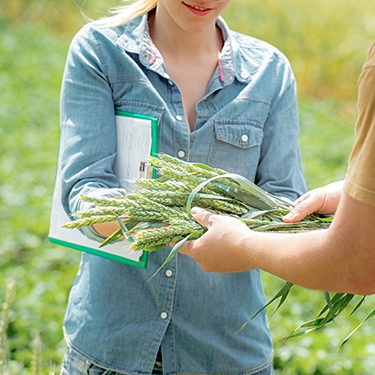Illuminating the value of technical research

On behalf of a commodity producer organization, WPI evaluated the outputs from a project that featured a $5 million investment into technical research over multiple years. WPI’s team captured the results of this extensive effort and synthesized them for presentation to the organization’s governing board; among the findings uncovered and presented for the first time was the development of genomic traits proven, via rigorous testing, to provide crop yield advantages of 50 percent or more to U.S. farmers in times of drought. Capturing measurable results from long-term efforts can be challenging. Educating clients on the dynamics of success measurement when quantifiable results are not readily available requires deep client-consultant collaboration and an ability to consider both near- and long-term client aspirations with market/policy dynamics – attributes that WPI brings to every consulting engagement.
 The CBOT came under heavy selling pressure following the January WASDE as USDA unexpectedly increased U.S. corn acreage and yields. The USDA also added area to the soybean harvested and made a bearish cut to U.S. wheat demand, moves which sent all of the major commodity futures markets sharply...
The CBOT came under heavy selling pressure following the January WASDE as USDA unexpectedly increased U.S. corn acreage and yields. The USDA also added area to the soybean harvested and made a bearish cut to U.S. wheat demand, moves which sent all of the major commodity futures markets sharply...
 India Holds Out The most disappointed of U.S. trading partners has to be India. It has long held hope that it would succeed China as the largest foreign supplier to the American market. It is a natural foil to China, which has been politely designated by Washington as a strategic competitor and...
India Holds Out The most disappointed of U.S. trading partners has to be India. It has long held hope that it would succeed China as the largest foreign supplier to the American market. It is a natural foil to China, which has been politely designated by Washington as a strategic competitor and...
 The world woke up on Jan. 3 to news of the arrest of Nicolas Maduro, the self-proclaimed president of Venezuela. Few expected this move from the U.S. administration, but in hindsight it may not have been surprising. The Biden administration had placed a $25 million bounty on Maduro through the...
The world woke up on Jan. 3 to news of the arrest of Nicolas Maduro, the self-proclaimed president of Venezuela. Few expected this move from the U.S. administration, but in hindsight it may not have been surprising. The Biden administration had placed a $25 million bounty on Maduro through the...